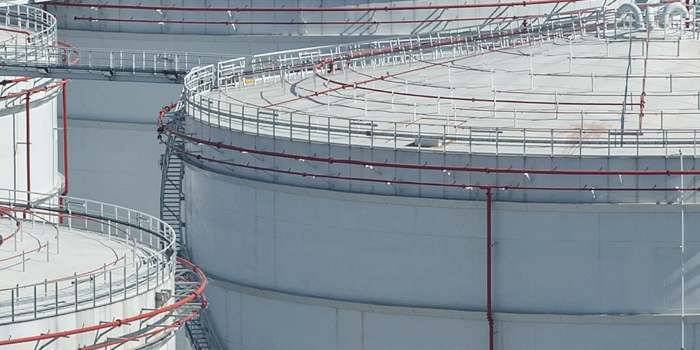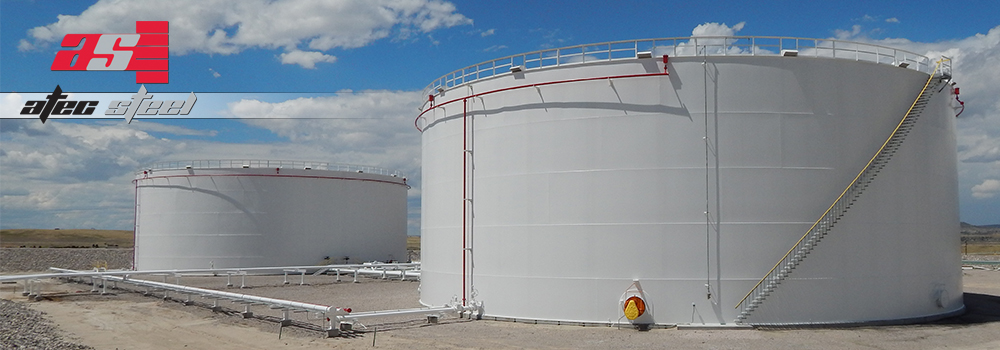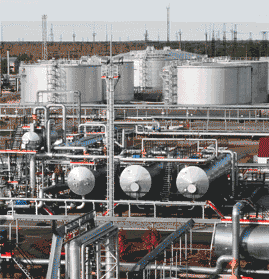150,000 kb/d of Chinese refining capacity could close within the year
China takes around 4 percent of U.S. crude exports, state WoodMac analysts. “Although a tariff has not been imposed on crude oil, we believe Chinese buyers reduced intake from an average of 360,000 b/d through July to 260,000 b/d in subsequent months,” the company has said. “Purchases dropped in Q3 out of concerns that tariffs could impact in-transit cargoes.”
In general, WoodMac expects China’s crude oil imports to be flat in 2019 at about 8.45 million b/d compared to 8.32 million b/d in 2018.

Chinese refineries did not face crude supply issues in 2018 but there were other challenges. High prices and volatility squeezed margins. The independent refiners (‘teapots’) are additionally affected due to a new taxation system that requires online filing of fuel transactions. It raises input costs and the teapots have struggled to sell, which in turn lowers utilisation affecting margins further.
Meanwhile, the state-owned refiners benefit with reduced competition leading to improved utilisation and margins. Currently, average utilisation for state-owned refiners is 78 percent and that for teapots is 58 percent. This compares with 90 percent in the U.S.
The quality parameters for refined products are also becoming stringent. At sea, China will extend three designated emission control areas along its entire coastline from January 2019. In addition, the 0.5 wt% sulphur content limit is expected to be applied to vessels sailing within 12 nautical miles off the coast. On land, the government will nationally enforce the China VI (equivalent of Euro 6) fuel specification for both gasoline and automotive diesel from next year. This demonstrates the strong commitment to fighting pollution from mobile sources.
“The combined impact of these measures means Chinese refineries will need more investment and technology to upgrade and that is possible if prices are deregulated. A level playing field and tight operating environment will weed out inefficient plants. We expect 150,000 b/d of refining capacity could close by 2020.”
For more information visit www.woodmac.com
18th January 2019














